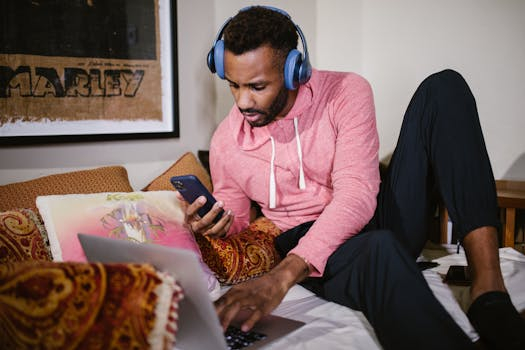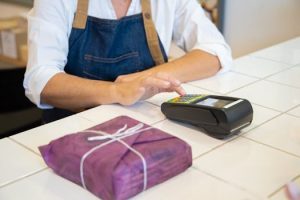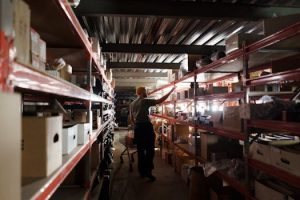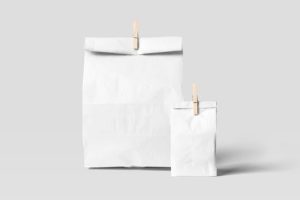How Retailers Are Using Virtual Reality for Product Demos
Virtual reality (VR) technology has been gaining momentum in the retail industry as a powerful tool for product demonstrations. Through VR, retailers are able to create immersive and interactive experiences that showcase their products in ways that were previously impossible. This technology allows customers to see and even experience products before making a purchase, providing a more engaging and realistic shopping experience. In this article, we will explore how retailers are using VR for product demos and the benefits it brings to both the retailers and their customers.
The Rise of VR in Retail
In recent years, we have seen a significant rise in the use of VR in the retail industry. According to a report by Goldman Sachs, the VR market is predicted to reach $1.6 billion in retail sales by 2025. This growth can be attributed to the increasing demand for more immersive and personalized shopping experiences by consumers. Retailers are leveraging this technology to enhance their customers’ shopping journey, leading to increased sales and customer satisfaction.
Improved Visualization
One of the main advantages of using VR for product demos is the ability to provide customers with a realistic visualization of the products. VR creates a virtual environment that allows customers to view and interact with products in a way that is not possible through 2D images or videos. This makes it easier for customers to understand the features and functionality of the products, enabling them to make more informed purchasing decisions.
Enhanced Personalization
Through VR, retailers can also offer personalized experiences to their customers. Customers can customize their interactions with products, such as changing colors, sizes, and styles, to suit their preferences. This level of personalization creates a sense of ownership and connection with the products, making customers more likely to make a purchase.
Reduced Need for Physical Inventory
Traditional product demos often require retailers to have a physical inventory on hand, which can be costly and space-consuming. With VR, retailers can offer virtual demos of products that do not exist physically, reducing the need for maintaining a large inventory. This also enables retailers to showcase a wider range of products, providing customers with more options to choose from.
Increased Convenience
VR product demos offer customers the convenience of being able to view and interact with products from the comfort of their own homes. This is particularly beneficial for customers who live far away from retail stores or those with busy schedules. VR also eliminates the need for customers to visit multiple stores to compare products, saving them time and effort.
Real-Life Examples of VR in Retail
Many retailers, big and small, have already started using VR for product demos. Let’s take a look at some real-life examples of how VR is being used in the retail industry.
TOMS Virtual Giving Trip
TOMS, the well-known shoe brand, used VR to showcase their One for One giving program. Through VR, customers were able to take a virtual trip to Peru to see firsthand how TOMS gives back to communities in need. This immersive experience not only allowed customers to understand the impact of their purchases but also created a lasting emotional connection with the brand.
Lowe’s Holoroom
Home improvement retailer Lowe’s implemented their Holoroom VR experience to help customers visualize their home renovation projects. Customers can choose products and designs for their bathrooms and kitchens and see how they would look in their own homes through VR. This has not only increased customer satisfaction but has also boosted sales for the retailer.
Volvo Reality
Car manufacturer Volvo used VR to let customers experience their new car models before they were officially released. Customers were able to virtually test drive the car and explore its features, creating a buzz and excitement around the brand. This campaign was successful in generating interest and pre-orders for the new models.
Wrap Up
VR has undoubtedly revolutionized the way retailers can showcase their products. Its ability to provide customers with a realistic and personalized experience has proven to increase customer engagement and sales. As technology continues to advance, we can expect to see even more innovative uses of VR in the retail industry. Retailers who embrace this technology will have a competitive edge and be able to provide their customers with a truly unforgettable shopping experience.
Have you experienced VR in retail? Share your thoughts and experiences in the comments below!









